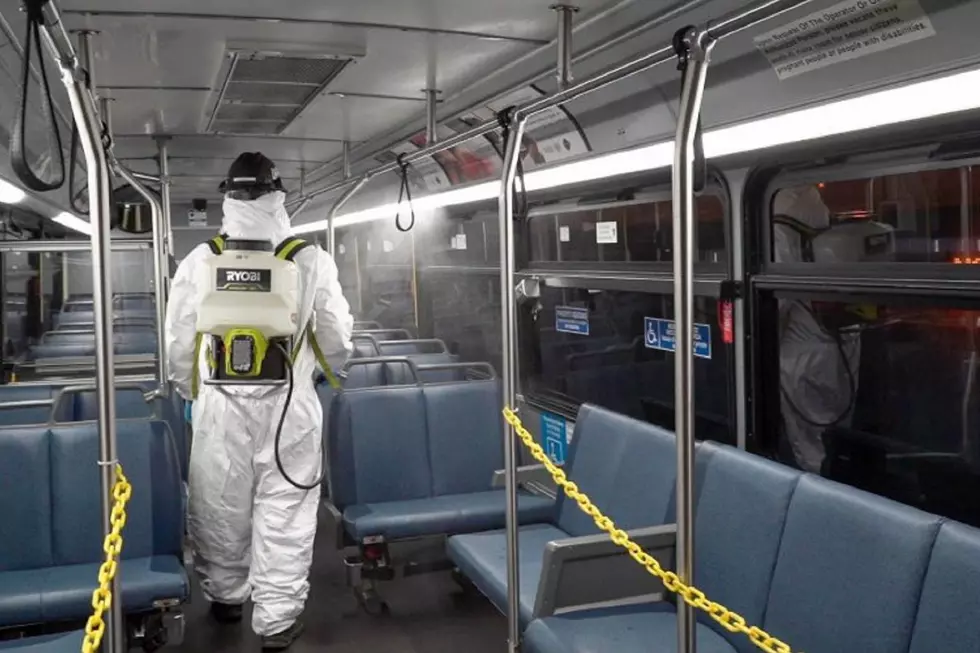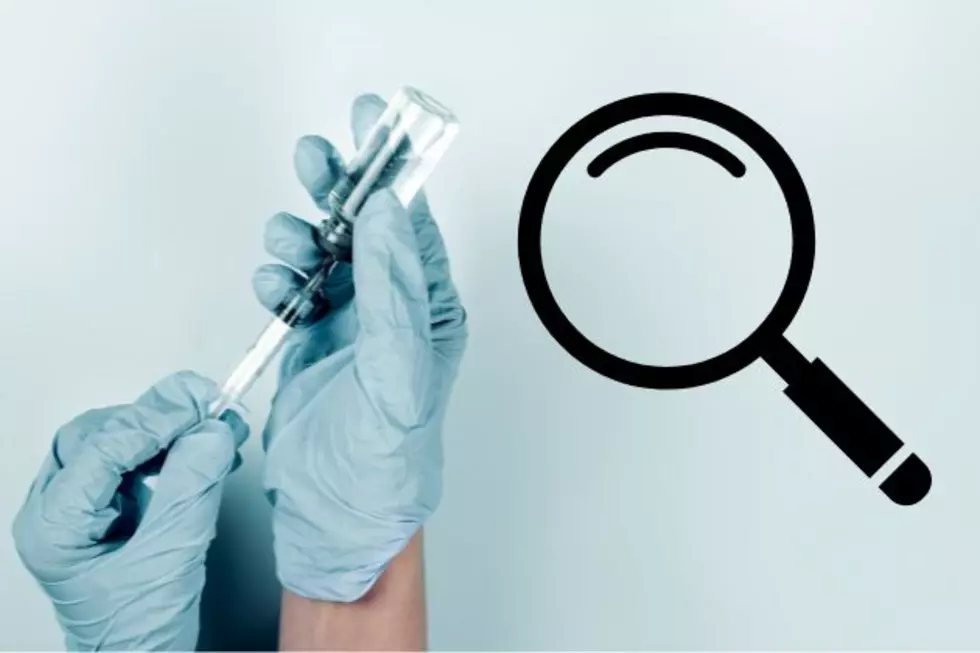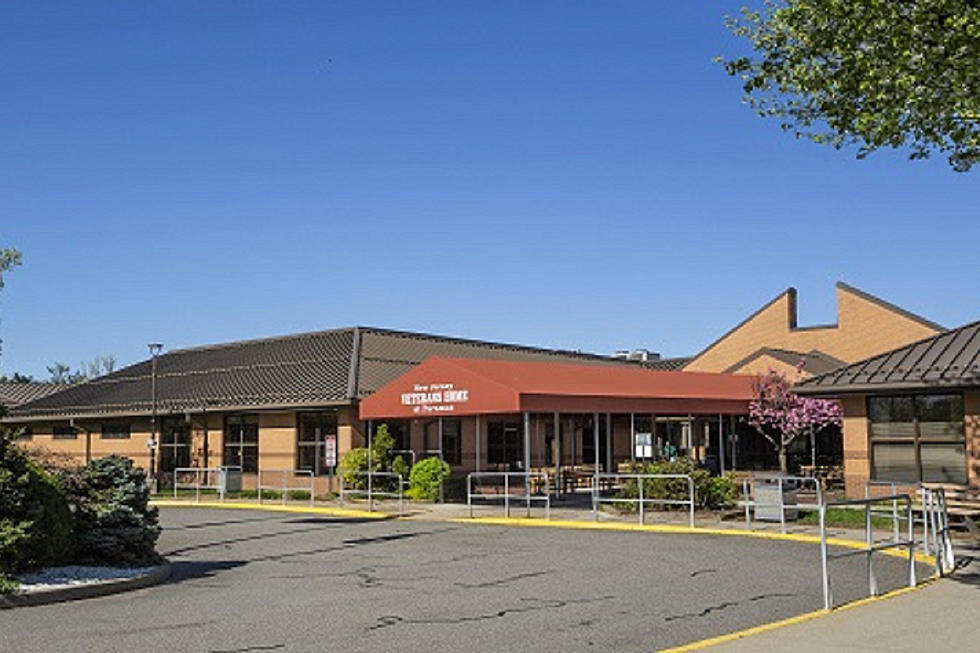
NJ Transit asks riders, employers to help keep trains safe in pandemic
NJ Transit laid out a plan Tuesday that depends on a a shared responsibility among riders, employers and the agency to ensure a safe return to commuting.
The "Ride to Recovery" plan breaks down into six parts: service, cleanliness, distancing, communication, protective equipment and public safety, and screening and testing.
The agency says given the volume of customers in close contact for any mass transit, wearing masks — as required under executive orders by Gov. Phil Murphy — will be essential.
Ridership was down systemwide by more than 90% during the height of the COVID-19 public health emergency, as Murphy also ordered anyone who could to work from home, and many businesses deemed non-essential shut down customer-facing operations entirely. The agency received two $1.4 billion payments in federal CARES Act funding to make up for lost revenue from a drop in ridership and the extra costs of enhanced cleaning.
Spokesman Jim Smith said rail ridership is still down 90%. Bus ridership into New York is at 25% while local ridership is at nearly 50% evenly spread between peak and off-peak hours, according to Smith.
As more commuters start utilize its system, NJ Transit will continue its stepped-up cleaning regimen by disinfecting its fleet of buses, trains and light rail every 24 hours and enhanced cleaning at stations, ticket vending machines, handrails and door handles, the agency said.
Murphy's executive order No. 125 caps capacity on individual buses and trains at 50 percent. The executive order had limited use of NJ Transit to essential workers only, but Murphy has since lifted his "stay at home" orders, allowing non-essential businesses to reopen. Murphy's orders still require that those who can work from home do so.
The agency will monitor ridership to manage capacity and to help the recovery plan "remain flexible, responsive and data-driven," it said Tuesday. Rail service will continue on an enhanced holiday schedule, with extra trains and crews positioned to be deployed if needed.
It's asking employers to spread out shifts to "flatten the peak travel curves" and thereby reduce crowding on trains and buses.
Signage for "SAFE NJ" will also be posted around stations to encourage what the agency calls "ideal transit behaviors." Those include:
- Not speaking loudly while on board and not making phone calls while traveling to decrease the "expulsion range" of droplets that could contain coronavirus.
- Staying to the right side when using doorways, escalators, and tunnels
- Using decals on platforms to stay six feet apart
- Washing hands with soap and water for at least 20 seconds, and avoid hand-to-hand contact
- Disposiing of face coverings and gloves in trash cans
Other public transportation agencies are ramping up service as well.
PATH service is at 96% of pre-COVID service level, with the first and last cars once again open for riders.
SEPTA resumed service from West Trenton on Monday. PATCO increased the frequency of trains to every 15 minutes from 5 a.m. to 9:30 p.m., weekdays.
Contact reporter Dan Alexander at Dan.Alexander@townsquaremedia.com or via Twitter @DanAlexanderNJ

More from New Jersey 101.5:
READ MORE: Shops and outdoor dining reopen in NJ
More From New Jersey 101.5 FM









